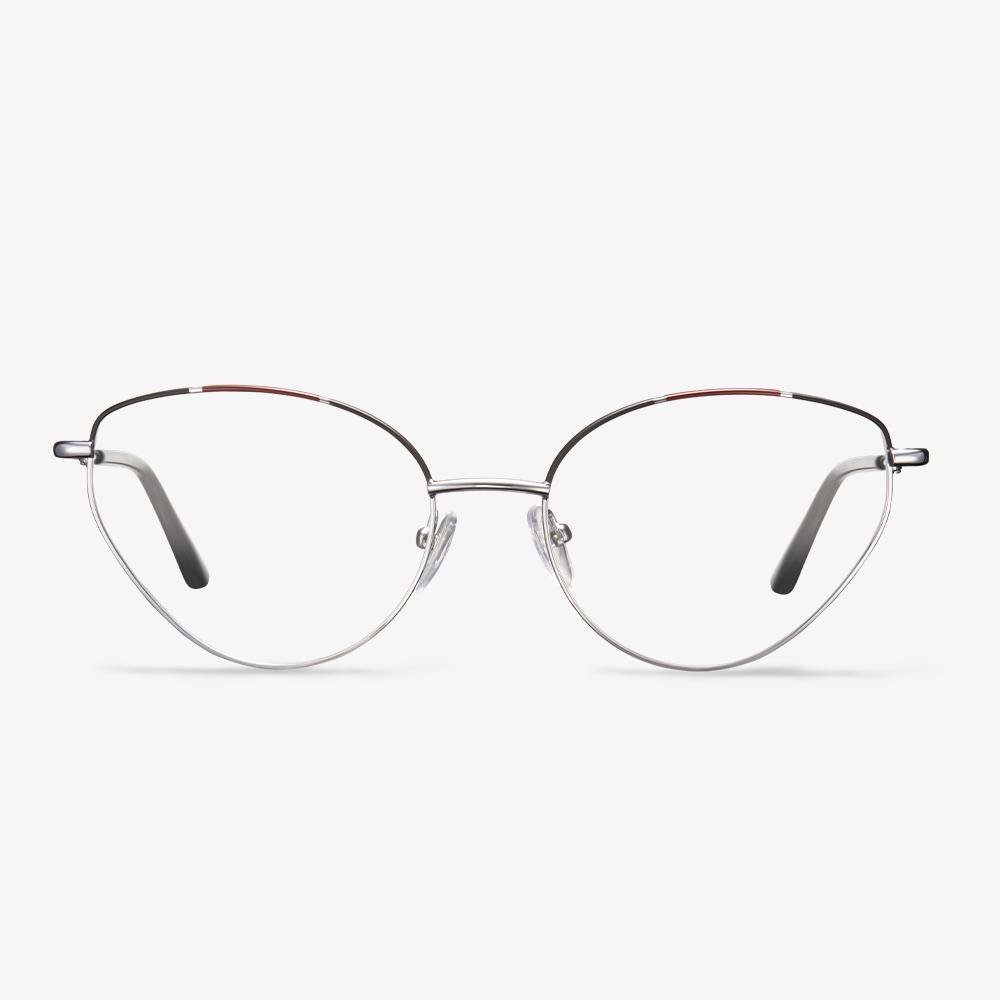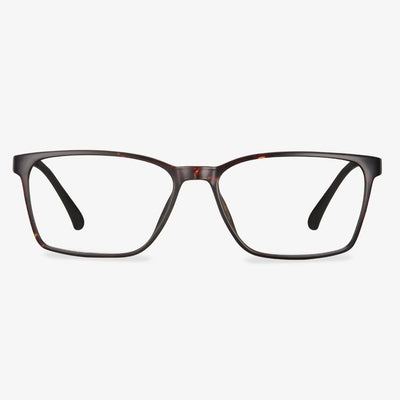If you need reading glasses when using a computer, you may want to choose a lower reading glasses power. This is because most people view their screen from a greater distance from their eyes than when they are reading a book or a magazine.
However, if you need reading glasses for looking at something very close or very small, you may need a pair of stronger power glasses.
In most cases, when two reading glasses’ powers seem equally suitable, choose the glasses with the lower power. Picking reading glasses that are too string typically will cause more discomfort problems than reading glasses that are a little too weak.
Are yellow lenses good for night driving?
Yellow lenses are very effective even in low light conditions. They enhance contrast while you're driving. In other words, they broaden your horizons and allow you to see more cars, people, and objects on the road. Especially when you're driving at high speeds on dark roads, this widened, enhanced view can help you see more clearly. The transparent driver's glasses effect is not good. Headlight glare can be understood as dazzling light. The lens should be looked for from the angle of the stain. But the color should not be too dark to ensure safe driving at night. It is better to polarize the light. It can greatly improve the anti-glare effect.
The clear frame is paired with wire glasses.
Compared to traditional chunky glasses, gold-rimmed glasses have less color saturation, so they are almost skin-neutral. Gold-rimmed glasses and clear frames are similar in style but more decorative. The geeky-chic style has become popular since the Gucci fashion show, which started with large frames. Who says you can't be stylish with glasses?
How Do Bifocal Glasses Work?
After learning some basic information about bifocal lenses, you should know how the bifocal glasses work.
With a pair of bifocal glasses, it would be convenient since they combine all your vision needs into a pair of glasses and you do not need to switch two pairs of glasses frequently. Bifocal glasses are usually designed to for those people who are over the age of 40-45 that need additional help with their near vision due to the effects of presbyopia where the crystalline lens inside the eye naturally begins to lose its ability to focus on near objects.
If you work in the office, you may need a pair of bifocal glasses. The top distance vision in the top of the lens can be used for meetings or presentations and the near vision in the bottom of the lens can be used to look at the computer screen or at documents.
What are the benefits of recycling old glasses?
Recycling old glasses contributes to sustainability and reduces waste. It is a way to give charity in addition to giving money. It can be able to teach children the importance and impact of philanthropy.
What are bifocals?
A bifocal lens is a lens with two focal points. Because of the imaging principle of the lens, even half of the lens can still present a complete image, and the two images do not interfere with each other. In the past, both short-sighted glasses and presbyopia glasses were called single-focal lenses, which had only one focus. Later it developed to the bifocal lens, and the same lens is divided into upper and lower two parts. The upper part of that lens is used when seeing far, and you look down when seeing close objects, just the reading distance, naturally used the second half.
About the early domestic anti-reflection coating lens
Chinese coated lenses appeared in the mid-1980s. At that time, Europe (such as France and Germany) and Asia (such as Japan, Singapore, and Taiwan) had already launched coated lenses to the market, and the grade of lenses was evaluated based on the quality of the anti-reflection effect. Among them, Germany and France were the two leading countries in technology. Technically, the use of French original film material (referred to as H2) can reduce the effect by 99.98% (refers to the light transmittance, the same below). Almost you can not see the reflection, but the material is expensive. Therefore, the coating lens which is currently used in the world is born. The anti-reflection effect is controlled at about 98%, so the coating cost is greatly reduced. And it is accepted by consumers because it presents various colors, especially green. At the same time, because at the same time, it can be easily distinguished from non-coated lenses. It can reflect the high-grade film lens, and it is accepted by the sales staff.


















































